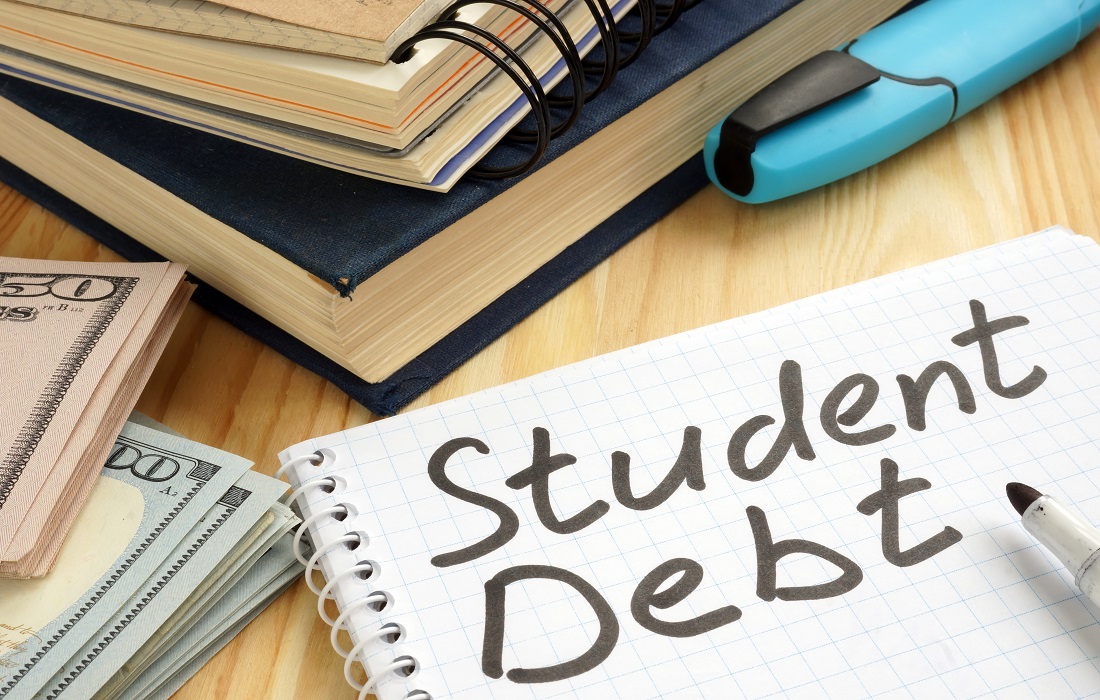On Tuesday, student loan borrowers gathered on the steps of the US Supreme Court to protest against the legal challenges to President Joe Biden’s loan forgiveness program. Inside the building, the justices heard arguments for two crucial cases that could determine the fate of the program that had initially aimed to ease the financial burden of millions of Americans facing student loan debts.
Biden invoked the 2003 Heroes Act to cancel student loan debt. This gives the US secretary of education, Miguel Cardona, authority to make changes to any provision of the law applicable to student aid programs during national emergencies. The national emergency justifying this change to student aid programs is the recent Covid-19 pandemic.
Biden’s plan to clear up to $20,000 in debt for nearly 40 million student loan borrowers has faced several bumps in the road since it was announced in August last year. Fierce opposition from Republicans has led to legal battles to block the program.
The decision of the court, which will determine whether the debt relief plan will go through or not, is expected by late June. If successful, the plan could wipe out up to $400 billion of student debt.
The hearing went on for over three hours. Chief Justice John Roberts questioned the lawyer of Biden’s administration about whether the Biden administration had the authority to use the pandemic as justification to cancel federal student loans debt. They argued that this issue should be decided by Congress due to its expected impact on millions of Americans. If the court can find that states and individuals challenging the scheme did not have the legal right to sue, then the plan may go through.
However, as justices discussed the plan, demonstrators gathered outside to protest. Leaders from the NAACP as well as from labour unions representing educators and healthcare workers were among them.
Progressive Democratic congresswoman Rashida Tlaib addressed the crowd, saying, “We’re not going to stop. We know the president of the US has every legal authority to cancel the debt in our country.”
Mike Pierce, the founder and executive director of the Student Borrowers Protection Center, said he believed “the court will side with 40 million people”. He also criticised the Republican officials for using the courts to play politics.
Myra Brown and Alexander Taylor, two plaintiffs who filed a lawsuit in Texas, are among the plan’s challengers. They argue that they would be harmed by Biden’s loan forgiveness plan since they personally would not benefit from it, being ineligible or partially eligible for the plan’s financial aid themselves. However, the Intercept reported in November that Brown benefited from another pandemic-era loan forgiveness scheme called the paycheck protection program. Her business was forgiven $47,996 of loan debt, a fact which has casted doubt on her argument.
Meanwhile, student loan borrowers like former maths teacher Shanna Hayes, who attended the protest, are hopeful that the loan forgiveness program will be upheld. Hayes graduated with a master’s degree in 2015 with over $150,000 in loans. Because she was a Pell grant recipient for part of her education, Hayes might qualify for $20,000 in federal student loan forgiveness. Hayes claims that the thought of even more hefty student loan payments every month is distressing for her, especially since she was recently laid off from her job in tech sales.

The legal battle over the debt relief plan is likely to have a significant impact on millions of Americans struggling under the weight of unaffordable student debt. The upcoming decision of the court will have a huge impact on student loan borrowers, debt relief advocates, and lawmakers alike.

